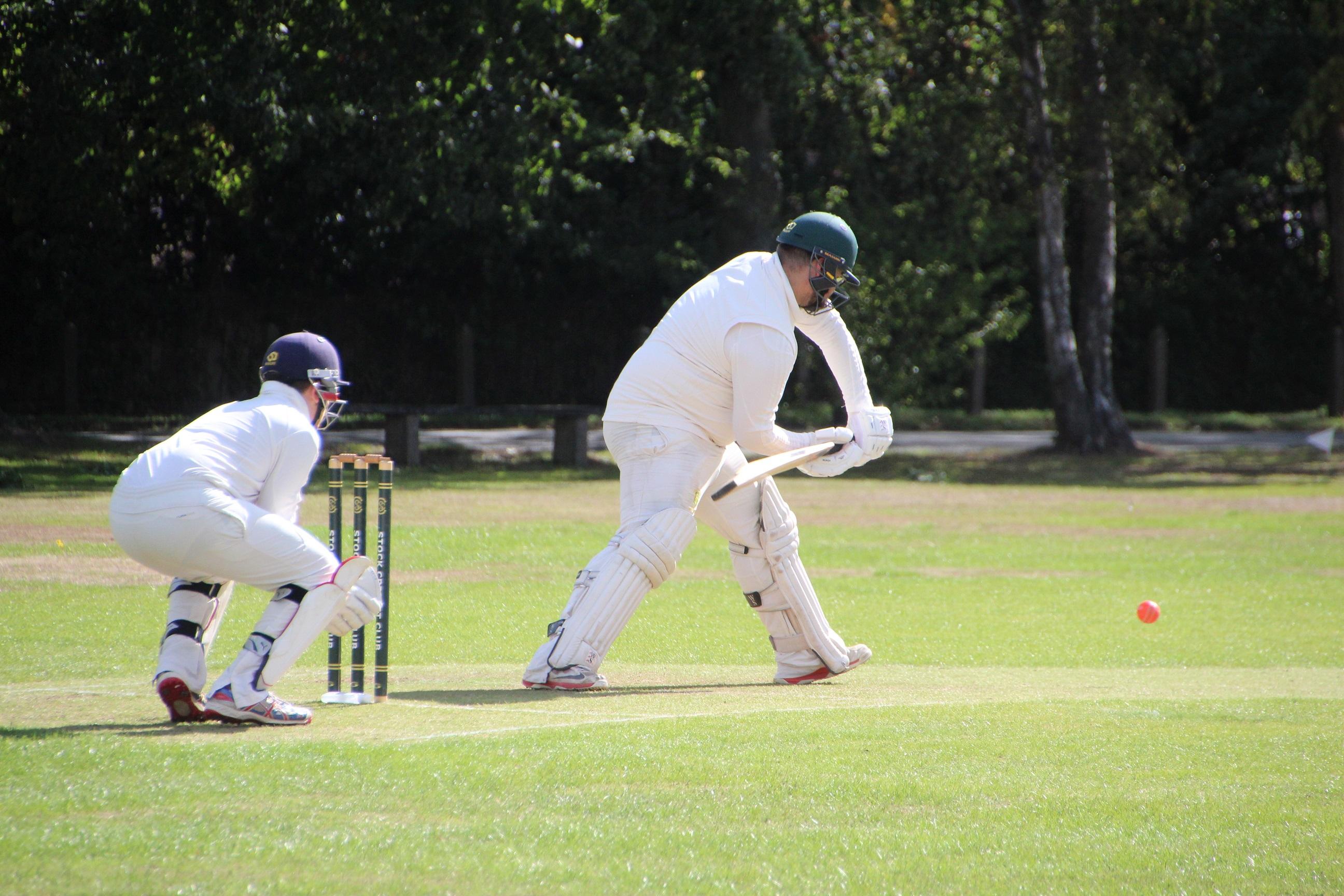


What Equipment do Children Need to Play Cricket?
23 July 2023
Preparing your children and outfitting them with the correct cricket equipment can make all the difference in the world to their enjoyment levels and whether they decide to play it more as they get older. If their early experiences are positive, they will be far more likely to continue the sport to a higher level, so it is important to get this right if you want to spark a lifelong passion in them.
There are a number of important pieces of equipment that you should remember and we have listed these below for you.
Helmet
A helmet is one of the most important pieces of equipment for any young person learning to play cricket. Cricket balls are very hard and can cause real damage to an unprotected head. In order to be allowed to play hardball cricket, your child must wear a helmet, which will also have a face guard incorporated. There have been major advances in helmet safety technology in recent years that will reduce the risk of harm.
Bat
A good cricket bat that is the correct height and weight for their age and stature will also make a real difference to how they are able to approach the game. Having a correctly proportioned bat will enable them to develop a natural stroke and they will learn how to hit the ball well and consistently when aiming different shots.
Protective Padding
The areas of protective padding that are required to learn to play cricket are extensive and we have broken this down into subsets below.
Batting Pads
These lower leg pads are essential for all players as cricket balls can be thrown at speeds of up to 100mph and can cause some serious hurt, or even longer lasting harm if they impact an unprotected leg. It is worth paying a little more for extra comfort and protection.
Abdo Guard
A “box” or “abdo guard” is the name given to the padding that protects the crotch area. Young boys and men are not allowed to play hardball cricket without one, as the damage that can be caused otherwise is severe and irreversible.
Thigh Pads
These pads are a natural extension of the lower leg protection that is also worn. Both the flight and bounce of a cricket ball can be difficult to predict, so it makes sense to ensure that the upper legs are protected as well. A hit from a cricket ball on an unpadded area can be extremely painful for children and adults alike.
Gloves
Due to the speed that a cricket ball can move, the batter in particular should protect their hands with special gloves. The hands and fingers of the batter are in the general area of where the ball is being aimed so they are particularly susceptible to injury from a stray ball.
It is worth investing in higher quality cricket gloves if you are able, as these will generally offer a higher degree of protection against this type of extremely painful and inconvenient injury.
Photo by Village Cricket Co on Unsplash
